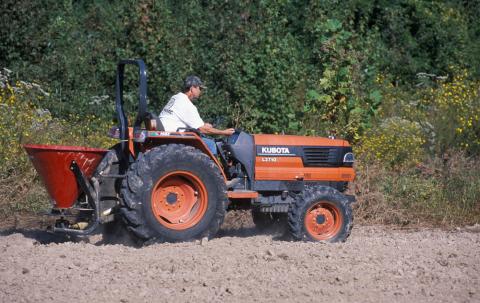Brian Dowler | Originally published in GameKeepers: Farming for Wildlife Magazine. To subscribe, click here.
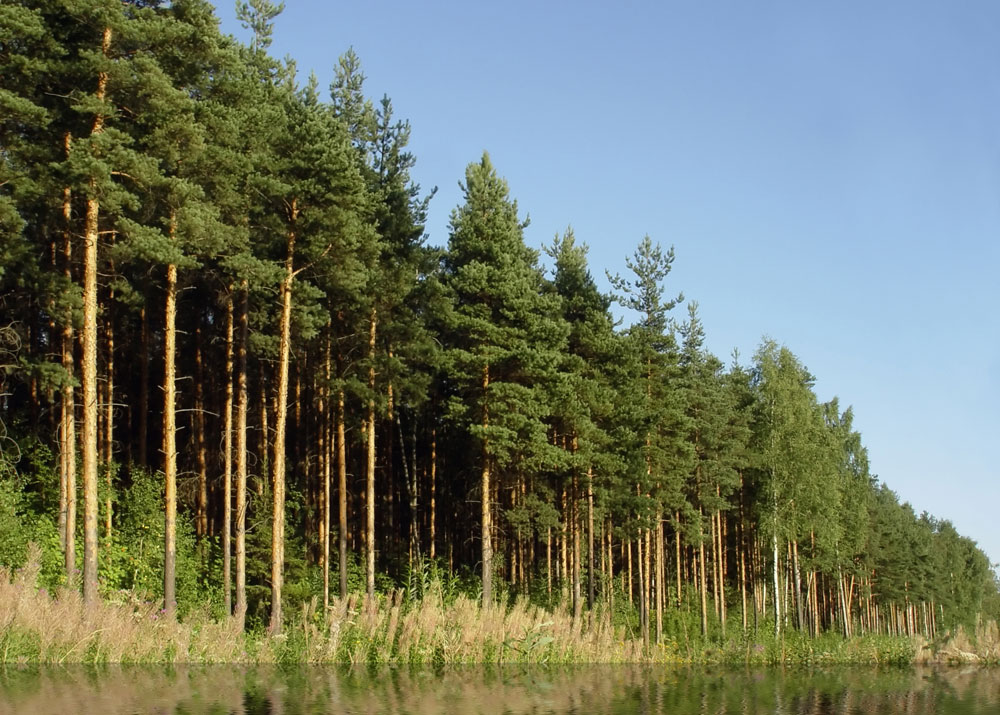
When managing a forest for wildlife it is often better to have fewer quality trees than a larger quantity of undesirable trees. It depends upon what you’re managing your property for, but when it comes to turkeys, this is the case.
Just think of how quickly weeds can take over a garden. It is much the same in a forest. Vegetation aggressively occupies any available growing space, so the only way to alter the forest, or control its composition, is by killing undesirable trees and vegetation and planting desirable flora or allowing the advantageous plants to flourish.
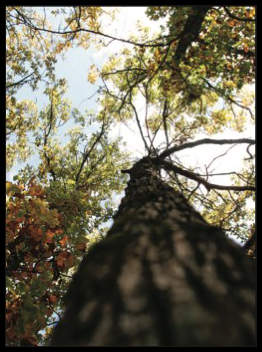
sometimes means selectively removing
trees for the good of the stand.
As paradoxical as it may seem, the primary way to improve forested wildlife habitat is to carefully destroy certain parts of it. This “weeding” process as applied to mature stands of trees is known as Timber Stand Improvement (TSI). Here’s how you can apply TSI to your hunting ground to maximize its potential for wildlife.
Hunt Club TSI
Some of the best hunting spots house their fair share of mature oak trees or mast trees that are great food sources for wildlife. You can further enhance the quality of these beneficial trees by using TSI to reduce the amount of woody underbrush. Less desirable species, such as sweet-gum, elm, cherry and cedar, compete with the mast trees for water and nutrients. So less competition means more resources, and better, more dependable mast production.
In small areas (an acre or less), remove smaller trees and shrubs using bush axes, loppers, chain saws and a lot of elbow grease. Use a hand or backpack sprayer to apply herbicide to the cut stumps to limit re-sprouts, which can be a problem with hardwoods.
Hack Job

removal is much faster on larger trees
than completely removing them.
To cover larger areas by hand, use techniques such as girdling and hack-and-squirt to get rid of undesirable species. Girdling — severing the bark and cambium entirely around the trunk — is much easier and faster on large trees than completely removing them. Hacking the tree with an axe and squirting it with herbicide is even quicker. In fact, a hack-and-squirt method of herbicide application is a simple way to remove large numbers of unwanted trees without a lot of elbow grease.
If you have a lot of ground to cover, use mechanical clearing methods, such as bush hogging, on smaller saplings and bushes, while heavy-duty mulchers are more effective on larger trees and brush.
TSI vs. Invaders
TSI also works where invasive trees have choked out open wildlife habitat. NWTF Regional Biologist John Burk has partnered with the US Forest Service and Cedar Creek Grazing Association to improve wildlife habitat on the Cedar Creek District of the Mark Twain National Forest in Missouri. The open grassy habitat is good grazing for cattle but is also good open habitat for bird species, such as wild turkey and quail.
The project restored open area habitat by removing invasive Eastern red cedar. They mechanically removed the cedar with a cutting head mounted on a skid-steer machine. There are times when increasing the quality of beneficial trees means a selective removal of less desirable species. It’s quality over quantity when it comes to improving wildlife habitat on your hunting grounds. Try TSI on one of your favorite spots and see the benefits of better mast, better browse and more game.
The Clear-Cut Truth
Jack McCauley doesn’t like clear-cuts. I know. I used to hunt with him high in the hills that line the West Virginia–Virginia border. Many times I used to listen to him talk about wildlife habitat lost to chainsaws and logging trucks. Clear-cuts were never put in a good light, and I heard all the reasons. Of course, I didn’t have many reasons of my own to disagree, that is, until I spent some time researching the effects that clear cuts have on wildlife and habitat. Clear- cuts can be one of the most effective ways to draw wildlife to your land, while at the same time enhancing habitat. Here are the clear-cut truths most people never hear.
Learn the Cycle
One of the most vocal cries from the environmental community is to keep our forests untouched. They believe that nature is destroyed with the harvest of timber. Folks in the west have learned firsthand the consequences of hands-off management — wildfires!
Severe wildfires have ripped through forests that are void of clearing, cutting and cleaning, leading to millions of destroyed acres, homes and communities. With active management, many of these wildfires may have been prevented. But not everyone understands that forests grow in cycles. Destruction — like wildfires, hurricanes or other severe weather are parts of that cycle. Without active forest management these catastrophes will happen, quality timber will be lost and wildlife and people will suffer.
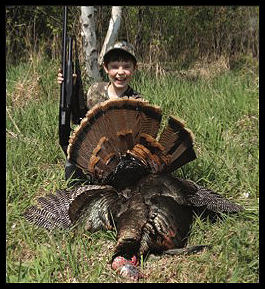
shows off a huge Minnesota gobbler
taken from an area that has had a
multitude of TSI improvements
completed over the years. Most
recently selective cutting has been
done to simply remove undesirable
species to let the forest floor come to
life.
“Natural disasters can wipe out parts of the forest and leave others untouched. This actually provides different stages of growth, which is exactly what wildlife needs to flourish,” said James Earl Kennamer, Ph.D, and NWTF chief conservation officer. “Clear-cuts; however, are more beneficial. Instead of waiting for nature to destroy tracts of timber, we are creating new areas of growth that benefit both landowners and wildlife.”
Continued Management
Clear-cuts are beneficial to many species of wild birds including wild turkeys, neo-tropical migratory birds and quail. Quail populations were strongest in the United States in the early 1900s, the time in American history when the most timber was harvested, creating thousands of acres of quail habitat.
According to the USDA Forest Service Facts and Historical Trends, an average of 13 square miles of forest was cleared every day for 50 years during the last half of the 19th century. This created thousands of acres of new growth, which helped quail populations flourish.
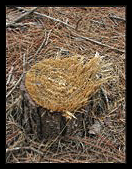
beneficial to many
species of wild
birds including wild
turkeys, neo-tropical migratory
birds and quail.
“Some bird species need new vegetation in young forests to survive. To have a healthy bird population, you need really good insect habitat,” said Darren Miller, Ph.D., southern wildlife project manager for Weyerhaeuser. “Insects and birds eat leafy plants. Woodcock, quail, the yellow-breasted chat and the prairie warbler eat insects. New growth provides all of these essentials.”
Almost immediately after the trees are harvested, forbs or broad leaved flowering plants and grasses sprout, and continue to grow until trees grow tall enough to shade them from the sun. “If clear-cuts are properly managed they can produce good quail habitat for about six years before tree growth starts closing in,” said Dr. Bill Palmer, game bird program director for Tall Timbers Research Station. “As soon as trees begin to block out the sun- light, the new growth on the ground will die, as will the quail habitat.”
Whether it’s a small TSI to improve turkey habitat, a large clear-cut to restore quail territory or a hack-and-squirt job to remove undesirable trees and allow the native bank to flourish, managing your timber stand properly is crucial if you wish healthy game birds of all kinds.

















